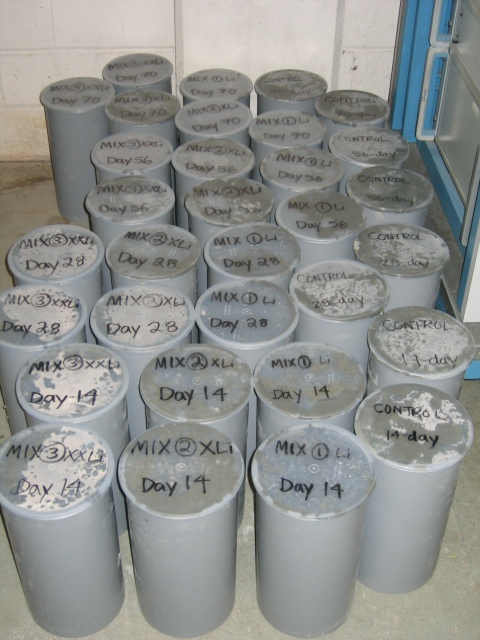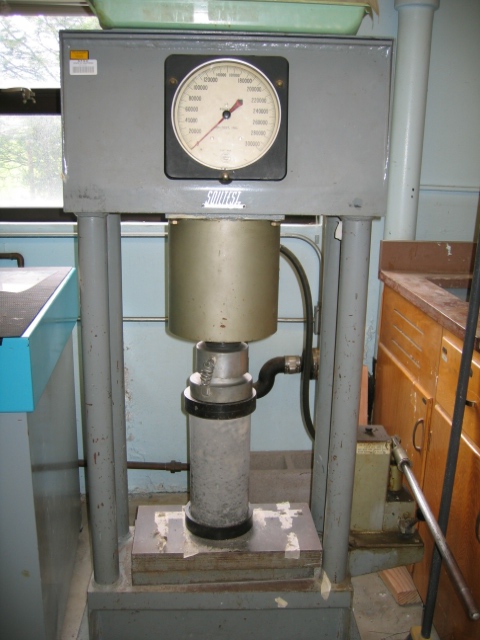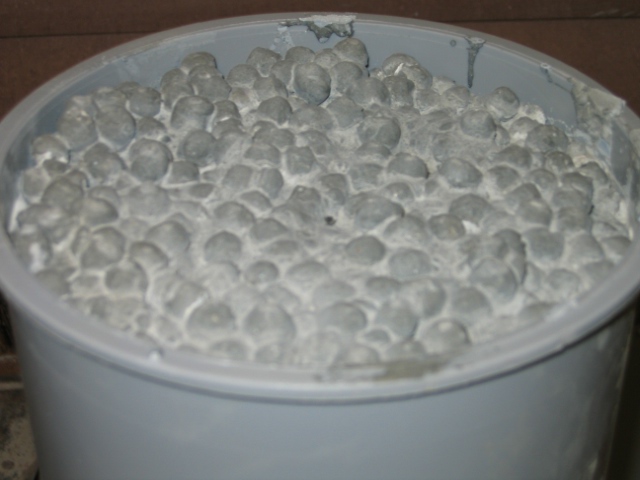Mixing experimental concrete: "how do we know when it's ready?"
This is my Master's research on recycled polystyrene used as an aggregate in concrete. The experiment include four mixes: control, 7.5% experimental aggregate, 12.5% experimental aggregate, and 17.5% experimental aggregate by volume. After mixing, the samples are left to cure and are weighed and compression tested at 14, 28, 56 and 70 days.
This is my Master's research on recycled polystyrene used as an aggregate in concrete. The experiment include four mixes: control, 7.5% experimental aggregate, 12.5% experimental aggregate, and 17.5% experimental aggregate by volume. After mixing, the samples are left to cure and are weighed and compression tested at 14, 28, 56 and 70 days.
Mixing in action: video of the concrete mixing taking place!
Some images from mix day and testing days...

Mix Day: measuring out the concrete components

The three experimental mixes in increasing order of polystyrene beads. The polystyrene replaced gravel aggregate as it is similar in size but possibly provides increased lateral flexibility. From top: 7.5% volumetric mix, 12.5%, and 17.5%.

My 32 experimental and control samples curing in the SFSU basement.

Where all the concrete samples will eventually end up: being compression tested until failure (cracking/breaking apart) in the Soiltest machine.

Day 56: Great example from the 7.5% experimental aggregate mix showing evenly distributed particulate and breaking shape.

"Double, double toil and trouble" - too much polystyrene aggregate floated to the top of a sample of the 17.5% mix, resulting in low compression strength particularly in that region.

Day 56: Crushed sample close-up of internal aggregate with Vernier calipers for measurement.